How do birds fly?
by Ailsa Harvey · 05/06/2020
Their specialised frame is built for flight, from their bone structure to the way they breathe
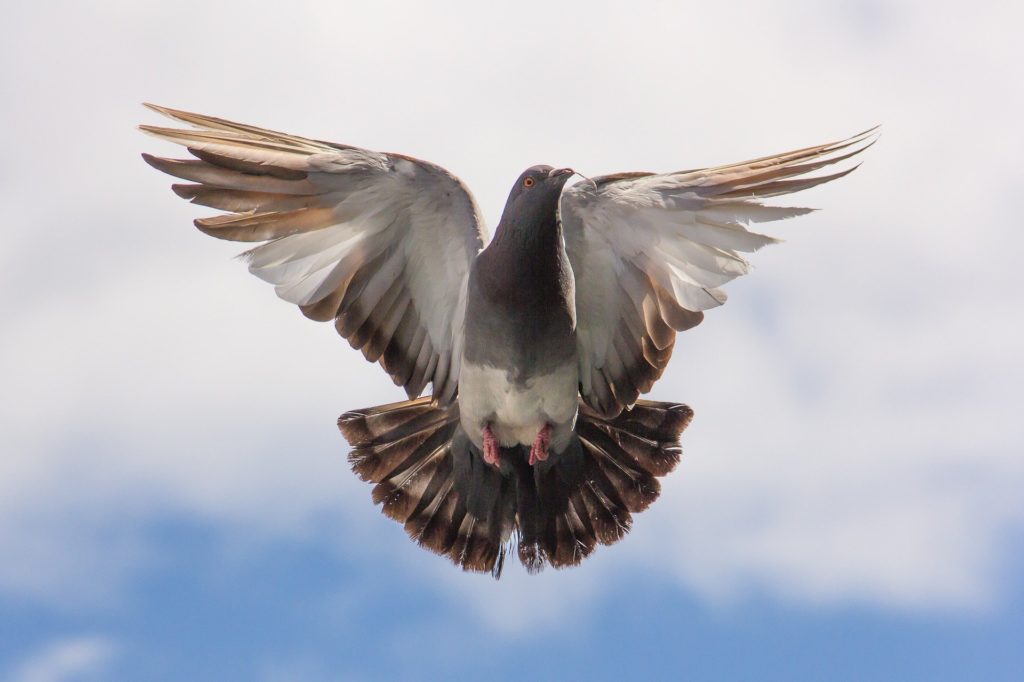
(Image source: Pixabay)
If there’s one thing humans tend to envy about other members of the animal kingdom, it’s flight. Our natural capabilities limit us to only land and water, but for birds the sky is literally the limit. How is it that they can lift into the air with seemingly effortless movements?
Almost every part of a bird’s body has evolved to maximise flying potential in some way. Relative to their size, birds’ hearts are bigger and more powerful than those of most mammals, to keep essential flight muscles working. Birds also have huge breast bones, providing more space for flight muscle attachment.
Hollow bones enable oxygen to travel more freely around the body but still have the strength to tackle the strains of flight. Some birds have a skeleton that’s even lighter than their feathers.
Birds’ feathers, made from keratin, evolved from those of dinosaurs to provide a light surface that can push against the air to facilitate flight. There are around 10,000 bird species, ranging in size from seven centimetres to over 1.8 metres, so the flying method and build of these birds can vary massively. Often, birds with smaller wings can hover by beating them at a rate of more than 40 times per second. Large wingspans enable low gliding, so birds exert no flapping energy at all.
However, studies have shown that small birds also glide through the air for breaks between flapping. A small bird’s heart rate when gliding is half of what it is when it’s flapping its wings. It was discovered that these birds require a similar amount of energy to glide as they do to rest in their nests. In comparison, when large birds soar above the wind, their energy expenditure was at least 30 per cent higher than when they were at rest.
From takeoff to touch down

1. Preparing for takeoff
When readying itself for a lengthier flight, a bird stores the required energy and builds up its flight muscles.
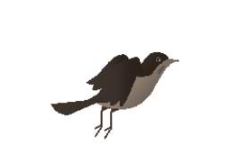
2. Lifting from the ground
Air flows quickly over the wings to create lift. Depending on leg strength, some launch from a standing position, while others need a running start.
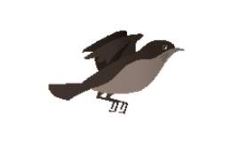
3. Retracting the legs
It lifts its legs close to the body as they are not needed in the air. Doing this also helps to reduce drag.
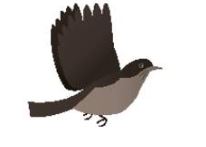
4. Full upstroke
Wings are partially folded to remain streamlined. This stroke uses relatively little energy in preparation for the downstroke.
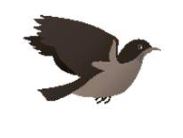
5. First downstroke in full flight
This is the first major movement in a bird’s flight. The wings move down and forward to provide most of the flying power.
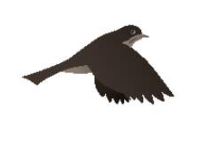
6. Full downstroke
Pectoralis major, the largest muscle in a bird’s body, is found in the breast. It provides power for downstrokes.
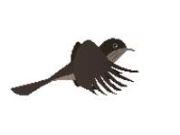
7. Repeating the upstroke
A tendon connected to another breast muscle, the supracoracoideus, lifts the wing. Below the bird’s centre of gravity, this muscle helps to stabilise flight.
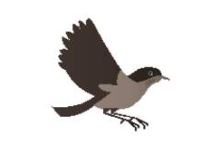
8. Preparing to land
Towards the end of flight, the bird changes the angle of its wings so they become higher and higher. This increases drag to reduce speed.
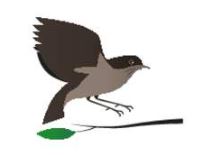
9. Touch down
With its feet unfurled, it grasps onto its chosen landing perch as the legs absorb the landing impact.
This article was originally published in How It Works issue 131, written by Ailsa Harvey
For more science and technology articles, pick up the latest copy of How It Works from all good retailers or from our website now. If you have a tablet or smartphone, you can also download the digital version onto your iOS or Android device. To make sure you never miss an issue of How It Works magazine, subscribe today!





